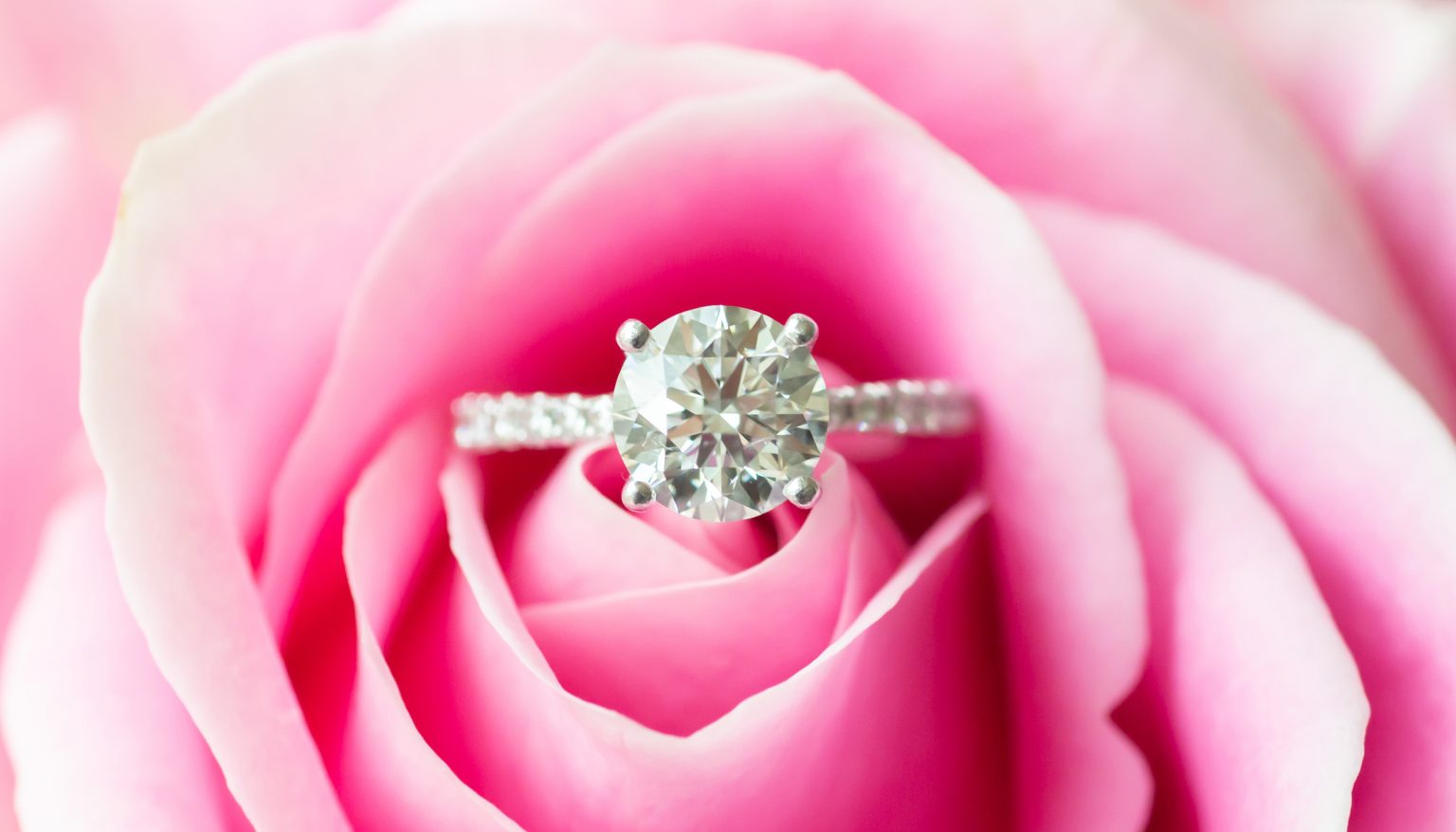Scientists Are Now Able To Grow Diamonds From Scratch In Just 15 Minutes

Thanks to a new technique, scientists are now able to grow diamonds from scratch in just 15 minutes.
Usually, the process of acquiring natural diamonds or creating lab-grown ones is very painstaking and time-consuming.
To retrieve natural diamonds, it takes enormous amounts of pressure and high temperatures of over 2,700 degrees Fahrenheit since they are buried deep beneath the Earth’s surface in the mantle.
For about 99 percent of all artificially created diamonds, similar methods are employed. Intense pressure and scorching temperatures must be applied to convert carbon into a diamond, using a starter diamond as a base.
However, these extreme conditions are challenging to produce and maintain. The process also affects the size of the gemstones, and it takes one to two weeks for them to form.
The new technique eliminates some of the major downsides of both processes. Rodney Ruoff, a physical chemist at the Institute for Basic Science in South Korea, led the team that developed this new approach.
“For over a decade, I have been thinking about new ways to grow diamonds, as I thought it might be possible to achieve this in what might be unexpected (per ‘conventional’ thinking) ways,” Ruoff stated.
The team loaded a 2.4-gallon homemade chamber with electrically heated gallium and a little bit of silicon in a graphite crucible.
The element gallium was chosen because previous, unrelated research showed that it would be a good catalyst.
David – stock.adobe.com – illustrative purposes only
Sign up for Chip Chick’s newsletter and get stories like this delivered to your inbox.
The metal liquifies at just 86 degrees Fahrenheit and can create methane as a byproduct, which can then be used to form graphene.
Just like diamond, graphene is pure carbon, but it differs because its atoms are contained in one layer rather than in a structure with multiple faces.
The chamber was kept at normal atmospheric pressure, and super hot methane gas that was rich with carbon was flushed through it.
It was designed by Won Kyung Seong, a co-author of the study. Once a switch is flipped, it takes 15 minutes for the chamber to be ready to produce diamonds.
The researchers figured out that a gallium, nickel, and iron mixture, combined with a bit of silicon, was the best way to foster the growth of diamonds.
They were able to obtain gemstones from the crucible’s base after 15 minutes. When two and a half hours had passed, a more complete diamond film was generated. The film was mostly pure, but a few silicon atoms were found in it.
It is believed that the silicon acts as a seed for carbon to crystallize around. Without the silicon, no diamonds form.
A drop in temperature drives the carbon from the methane gas, depositing it onto the silicon, where it forms a diamond.
The one problem with the new technique is that it can only produce tiny stones. The largest diamonds were hundreds of thousands of times smaller than the ones that are typically grown in labs.
For now, the new stones are too small to be used in jewelry, but this might not always be the case. Perhaps in a year or two, the process will be improved enough to contribute to the commercial market.
Welcome to Billionaire Club Co LLC, your gateway to a brand-new social media experience! Sign up today and dive into over 10,000 fresh daily articles and videos curated just for your enjoyment. Enjoy the ad free experience, unlimited content interactions, and get that coveted blue check verification—all for just $1 a month!
Account Frozen
Your account is frozen. You can still view content but cannot interact with it.
Please go to your settings to update your account status.
Open Profile Settings